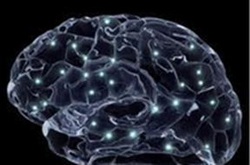Brain Neuroplasticity

Brain research has revealed that the brain is neuroplastic – that is, it can change, and you can shape your brain pathways by choosing what you focus on. Repeatedly activating certain pathways by focusing your attention on them will strengthen them, so they will become a well worn path. Deliberately shifting your attention away from less helpful habitual pathways so they are no longer activated will mean they gradually lose their power. The old pathway will recede just like an old pathway that gets overgrown when it is not used, and ultimately disappears. So eventually, what comes more naturally is the pathway you have practiced.